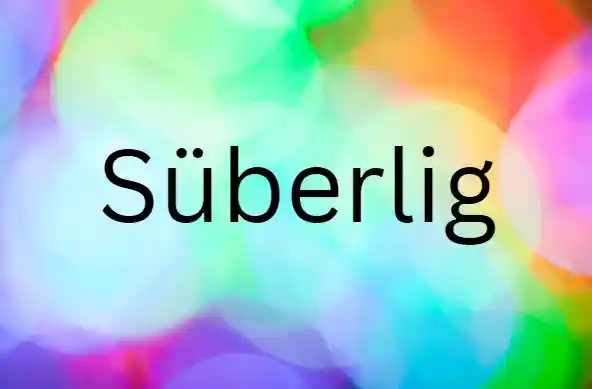Goads On NYT: Crafting Curiosity – The Art of NYT’s Provocative Headlines
The New York Times (NYT) stands as a beacon of journalistic excellence in today’s media landscape, where attention is a prized commodity. What sets Goads On NYT apart from the cacophony of news outlets is not just its reporting but its adept use of goads—provocative headlines and op-eds that entice readers to spark conversations and shape public discourse.
Goads On NYT: A Strategy for Engagement
Defining Goads in Journalism
Goads are more than just attention-grabbing headlines; they’re strategic tools to stimulate critical thinking and foster dialogue on essential issues.
The NYT Approach: Provocation with Purpose
NYT’s goads are crafted to provoke thought rather than sensationalism, aiming to inform and engage readers in meaningful conversations.
The Intrigue of Headlines: A Provocative Promise
Crafting Compelling Headlines
NYT’s headlines are not merely summaries but invitations to explore complex issues, leveraging curiosity to draw readers into stories.
Case Study: Trump’s “Unity vs. Racism”
Analyzing a controversial headline to understand how NYT uses language to provoke diverse interpretations and reactions.
Op-Eds: The Tapestry of Opinions
Diverse Perspectives, Common Platform
NYT’s Op-Ed section serves as a battleground of ideas, where readers encounter viewpoints that challenge and expand their own.
Impact of Op-Ed Goads
Exploring how Op-Eds contribute to NYT’s reputation as a forum for intellectual discourse and dissent.
Editorials: The Editorial Compass
Navigating Editorial Influence
Examining the role of editorials in guiding public opinion and shaping the NYT’s institutional stance on crucial issues.
Balancing Authority and Advocacy
Considering the fine line between editorial persuasion and journalistic integrity in NYT’s editorial practices.
The Goads That Bind: Increased Readership and Conversation
Metrics of Success
Evaluating the impact of goads on NYT’s readership metrics and audience engagement.
Beyond Numbers: Fostering DialogueDialogue
Discuss how goads catalyze conversations that transcend click-through rates, enriching public discourse.
Criticisms and Controversies: Casting Shadows on the Sun
Navigating Ethical Dilemmas
Addressing concerns about sensationalism and bias in NYT’s provocative storytelling tactics.
Case Study: The Hearst Obituary
Examining a controversial NYT piece to understand the boundaries of responsible journalism in the pursuit of attention.
Strategic Imperatives: Goads as Journalistic Tools
Adapting to a Digital Landscape
Exploring how NYT evolves its goading strategies to remain relevant in an era of digital media consumption.
Upholding Integrity Amidst Provocation
Discussing NYT’s commitment to journalistic ethics and transparency in the face of criticism and controversy.
Conclusion
In conclusion, the New York Times’ strategic use of goads is a testament to its commitment to engaging and informing its audience in an increasingly noisy media landscape. By skillfully leveraging provocative storytelling techniques, NYT continues to shape public discourse and uphold the principles of a free press. If you also want to read about Get Who Gets You Dating Site Crossword then visit that post.
Frequently Asked Questions
What is the role of goads in journalism?
Goads, within journalism, are provocatively framed ideas or statements used to grab attention, incite critical thinking, and foster discussions on topical issues. They serve as strategic tools to enhance readership and stimulate engagement.
How does the New York Times use goads, and what impact does it have?
The New York Times employs goads as part of its content strategy to drive traffic and foster engagement by stimulating debate among its readers. This approach has been credited with increasing readership and promoting in-depth discussion on various issues, demonstrating the effectiveness of goads in engaging an audience.
What criticisms does the New York Times face for using goads?
Critics argue that the New York Times, in its use of goads, occasionally sacrifices nuance for sensationalism, potentially misrepresenting topics or inflaming public discourse. These criticisms often focus on the belief that the pursuit of attention may overshadow journalistic integrity.
How does the New York Times balance the use of goads with journalistic integrity?
The New York Times aims to balance its use of goads by ensuring that provocative content serves to enlighten and engage rather than enrage. The publication strives to maintain its integrity by using goads that provoke thoughtful discussion, ensuring it remains a respected voice in the media landscape.
What role do readers play in the context of goads used by media outlets like the New York Times?
Readers are encouraged to approach goads with critical thinking, recognizing them as tools designed to engage and provoke thought. Participation in resulting conversations is vital, as it allows the discourse to be advanced meaningfully, contributing to a more informed and engaged public.







One Comment